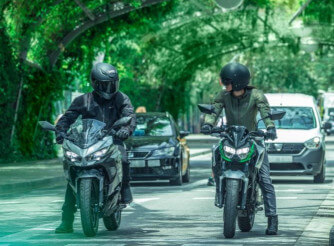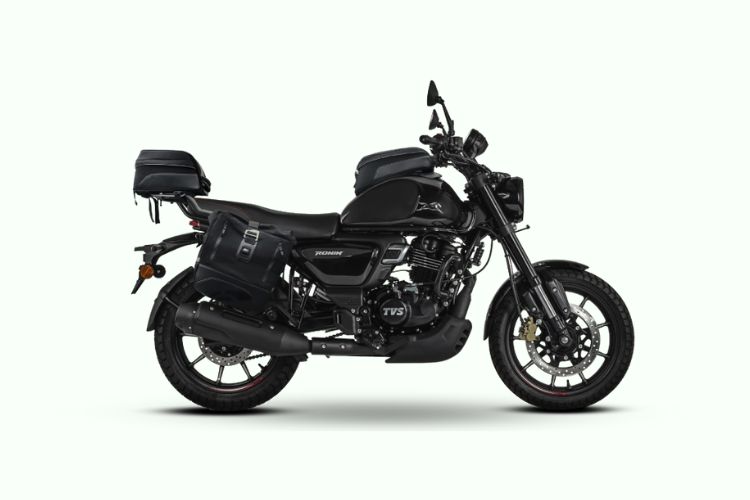Story overview
Kawasaki had revealed the fully electric Ninja e-1 and Z e-1 at EICMA 2022, but most of the powertrain details were under wraps back then.
Highlights

News Story
Kawasaki had revealed the fully electric Ninja e-1 and Z e-1 at EICMA 2022, but most of the powertrain details were under wraps back then. Now the company has revealed the specs of these two entry-level e-bikes, and they’re on par with some of the sporty e-scooters sold in India.
Power and Efficiency
Each battery pack takes 3.7 hours for a full charge.
Claimed range of 72 km in Eco mode.
One battery pack weighs 11.5 kg, and both are removable.
Powertrain Details
Both the Kawasaki Ninja e-1 and Z e-1 are powered by two removable lithium-ion battery packs, each with a capacity of 1.5 kWh. Charging time for each pack is a rather slow 3.7 hours, which means a total charging time of 7.4 hours. However, you can charge both individually with separate chargers.
The battery packs send power to a motor that produces 9 kW of peak power and 5 kW of continuous power. In the top Road riding mode, the Ninja e-1 boasts a claimed top speed of ‘approximately 52 mph’ (84 kph), while the Z e-1’s top speed is slightly lower at ‘approximately 49 mph’ (79 kph). In the lower Eco mode, top speed stands at ‘approximately 37 mph’ (60 kph) for the Ninja and ‘approximately 35 mph’ (56 kph) for the Z.
There is also an e-boost function that provides an extra burst of speed, active for 15 seconds at a time. This boosts the top speed of the Ninja to ‘approximately 65 mph’ (105 kph) in Road mode and ‘approximately 45 mph’ (72 kph) in Eco mode. For the Z, the top speed rises to ‘approximately 65 mph’ (105 kph) in Road mode and ‘approximately 42 mph’ (68 kph) in Eco mode. However, once the state of charge (SOC) drops below 35 percent, the bikes will automatically switch to Eco mode, and the e-boost function becomes unavailable.
Chassis and Components
Much like the ICE Ninja 400 and Z400, the Ninja e-1 and Z e-1 are based on the same platform, with different body styles. The battery packs are nestled within a tubular steel frame that’s suspended by a 41mm telescopic fork and monoshock setup.
Braking duties are handled by a 290mm disc up front and a 220mm disc at the rear, and dual-channel ABS is standard on both. The bikes sport tire sizes of 100/80-17 (front) and 130/70-17 (rear) and have a very accessible seat height of 790 mm. The fully-faired Ninja e-1 weighs 140 kg, while the naked Z e-1 weighs 135 kg.
Features
The set of features remains the same on both with a color TFT dash with Bluetooth connectivity enabling navigation and notification alerts. There’s also a Walk mode that allows you to move the bike forward or backward at 3 kph (like all e-scooters). Where the fuel tank would be on a petrol bike, these EVs have a small 5-liter storage cubby, similar to what we’ve seen on something like the Tork Kratos R.
India Launch
There is no official statement from Kawasaki indicating whether or not these bikes will make it to India. However, Kawasaki does tend to bring many of its big bike range to India and has recently even launched the unconventional (and extremely expensive) Ninja ZX-4R here. So, there is a small possibility that the company might consider these bikes for India as well. However, that will depend heavily on how Kawasaki can manage the pricing.
While there is no official confirmation, there is a possibility that Kawasaki might consider bringing these bikes to India, depending on pricing and market demand.
Image and Story: content2.kawasaki.com/contentstorage/KMC/Pressrelease/750







